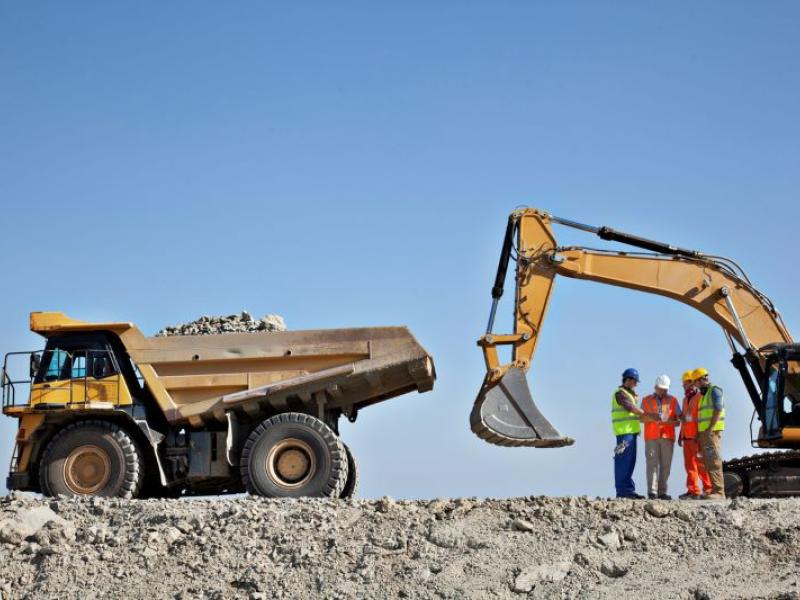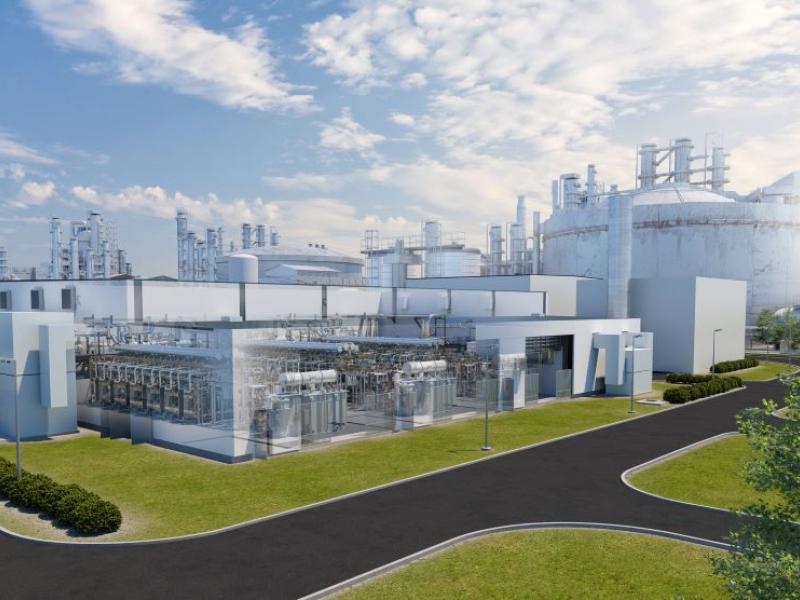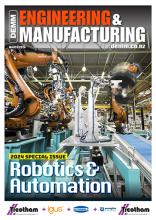Jason Wu Q&A: AutoStore
1. Who is AutoStore?
AutoStore is a technology company that develops order-fulfilment solutions to help businesses achieve efficiency gains within the storage and retrieval of goods. The company offers both hardware and software capabilities.
AutoStore is global, with +1,150 Systems in 49 countries. All sales are distributed, designed, installed, and serviced by a network of qualified system integrators referred to as "partners".
AutoStore was founded in 1996, in Nedre Vats, on the west coast of Norway. The company has offices in Norway, the U.S., UK, Germany, France, Spain, Italy, Austria, South Korea, Japan, Australia, and Singapore, as well as production facilities in Koszalin, Poland.
2. What is a grid?
This is the physical framework of the system. It’s an extruded aluminium structure which holds the storage Bins and supports the top railway for the Robots. The size and shape of the Grid can be tailored to the required floorplan or design, to ensure optimal space usage. The AutoStore Grid design is modular, customisable and scalable, and it enables 90% warehouse space utilisation.
3. Are there any height and weight requirements?
The minimum height of a Grid depends on the design of the grid, and the number and size of the Bins it will accommodate. It also needs to include the Grid track above the bins. A general guideline for minimum height is:
- 220 mm Bin: 6 Bins
- 330 mm Bin: 4 Bins
- 425 mm Bin: 3 Bins
This Bin depth provides the needed height for a Port.
Less space is required if the track is used solely to transport Bins between different Grids.
Regarding weight, each Bin can handle a max payload of 30 kg.
4. What type of robots do you use, and for what?
AutoStore offers two types of Robots – the B1 (Black Line) and the R5 (Red Line).
- The B1 type is ideal for systems with higher throughput systems, with up to 650 order lines per hour, per port.
- The R5 type is the standard Robot for medium throughput systems, with up to 350 order lines per hour, per port.
The AutoStore Robots are designed to move in four directions, to make it easy for them to reach any position of Bin on the Grid. These are self-monitoring Robots, so they recharge automatically as required and can work around the clock. They offer lift and gripping functions, to allow them to pick up and carry bins. They’re also very effective, offering 99.9% picking accuracy.
5. In simple terms how does cube storage work?
In a nutshell, cube storage is where items are stored in individual Bins, in a Grid with a cubic design.
In the AutoStore Automated Storage and Retrieval Systems (ASRS), Robots access these Bins, to retrieve or store items; they do this by pulling the Bins up vertically, to the top of the Grid. The Robots transport the Bins to goods-to-person stations, where the items carried in the Bins can be packed for fulfilment.
6. Why would a customer choose to change over to cube storage when they already have a warehouse?
Cube storage enables you to:
- Significantly reduce your storage footprint while increasing storage density, so you can cut your real estate costs and offer your customers more products.
- Speed up your service with high throughput and unbeaten uptime. Plus, get visibility that increases inventory accuracy and minimises shrinkage and delivery mistakes. AutoStore systems process orders at record speed, offering the fastest Goods to Person system per square metre or foot, enabling order fulfilment times of less than a minute from order to shipping. At our fastest site, our automated storage and retrieval system (ASRS) presents 20, 000-plus bins per hour.
- Reap the benefits of lower costs per fulfilled order. Save on labour and energy to improve efficiency, so you can offer home deliveries profitably and create more exciting in-store experiences.
- Gain better control over the movement of goods with 100% access to your inventory, so you can trace goods throughout the supply chain and avoid out of stock items and shrinkage.
The AutoStore robotic cube storage system is faster and more efficient at storing, retrieving and dispatching goods than any other warehouse setup. Not only that – it is environmentally sustainable, too. It is modular and adaptable, so it can scale up or down to meet changes in demand.
This means the customer has more space, time and resources to focus on more strategic operational concerns, such as customer experience.
7. How do you know you are ready to implement cube storage?
You’re ready if you want to optimise your space, deliver faster, lower your costs, and improve your warehouse efficiency.
8. What sort of manpower is needed to run the system?
There are 5 different categories of personnel required to run and manage the system.
The end user needs the following personnel:
▪ Category 1: Port Operators. These are personnel working with AutoStore during normal operation. These Port Operators are trained by the distributor (aka partner).
▪ Category 2: Super Users. These are personnel who perform regular maintenance tasks and simple troubleshooting procedures with AutoStore equipment. Super Users are trained by the distributor on the customer site. And the distributors must have completed an approved AutoStore training program before they can train Super Users.
The distributor must employ Category 3: Service Technicians. They are the distributor's maintenance and service technicians. Training can be held at the AutoStore headquarters in Vats, on-site, or at other facilities.
AutoStore employs Category 4: AutoStore Technicians. These are AutoStore 3rd-line support team who possess a detailed knowledge of AutoStore. This team maintains on-going dialog with the development team. The AutoStore 3rd-line support team are trained at the AutoStore headquarters in Vats.
Third parties employ Category 5: Third-party builders. They are personnel who perform assembly, installation, extension, transportation, and decommissioning are trained by the distributor.
9. In short what is the process of implementing?
We believe the key to successful implementation is a holistic strategy. We focus on three main areas: managing processes and people; quantifying costs and returns; and technology and spatial logistics.
In managing people and processes, we turn our attention to the employees who’ll work alongside the new technology; the managers and leaders who oversee implementation and redesign business processes; and the consumers and other business stakeholders who will need to understand and work with the technology. This includes an evaluation of existing infrastructure, as well as technical expertise. We also discuss how the customer will quantify the expected returns or benefits and KPIs.
In quantifying costs and returns, we investigate where automation can save the most time (or best optimise space, productivity, etc.). We assess costs and develop measurement metrics, so we can figure out how to maximise ROI.
When considering technology and spatial logistics, we assess what can be altered in the existing setup to create a smoother transition. We ensure the customer has enough physical space, so we’ll clear out equipment, or we reorganize the floor plan to accommodate the new technology. In addition, we consider how data will be stored, managed, and processed so it can be used in warehouse management systems. Finally, we try to visualize how the solution will scale.
10. What is your take on ROI?
Noting that financing costs have increased, business owners stress that ROI has become more important than ever before. The challenge is in identifying the ROI calculation, which can be complicated as there are various factors to consider, to understand all the cost savings related to the investment. Among the typical savings, labour, energy and a space (real estate) saving of up to 75% on your current warehouse space.
About AutoStore | www.autostoresystem.com






